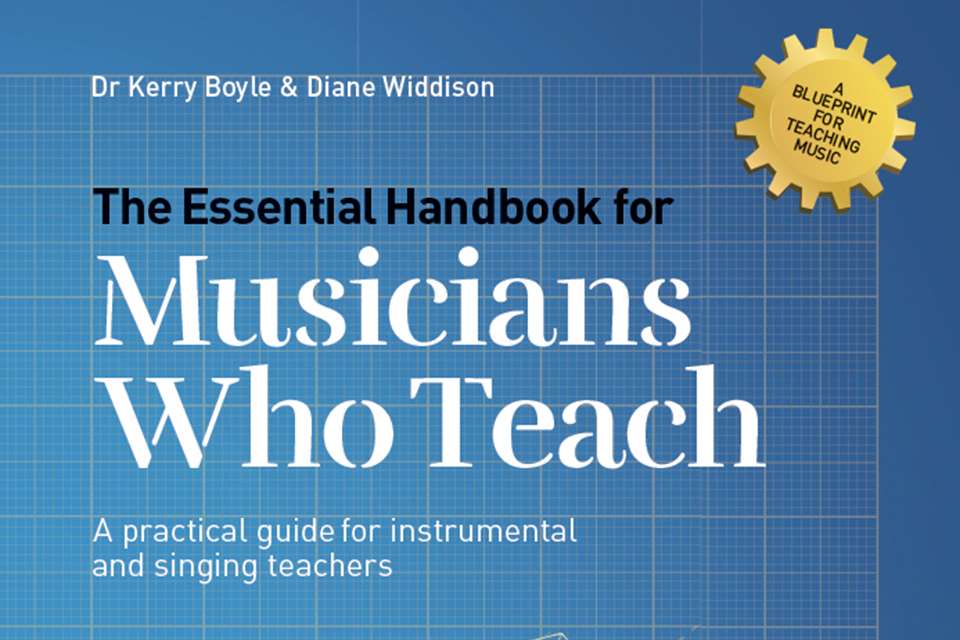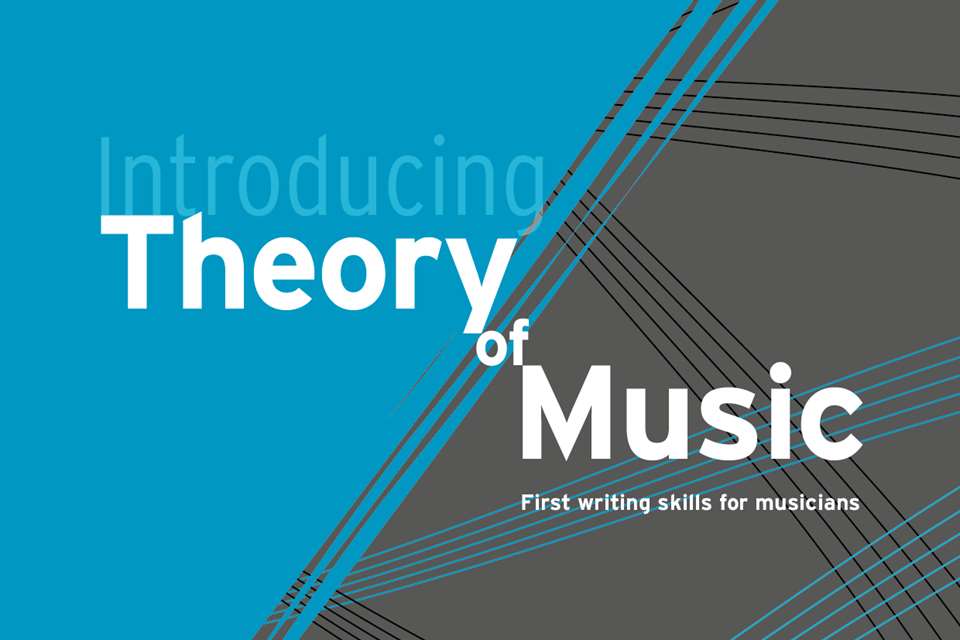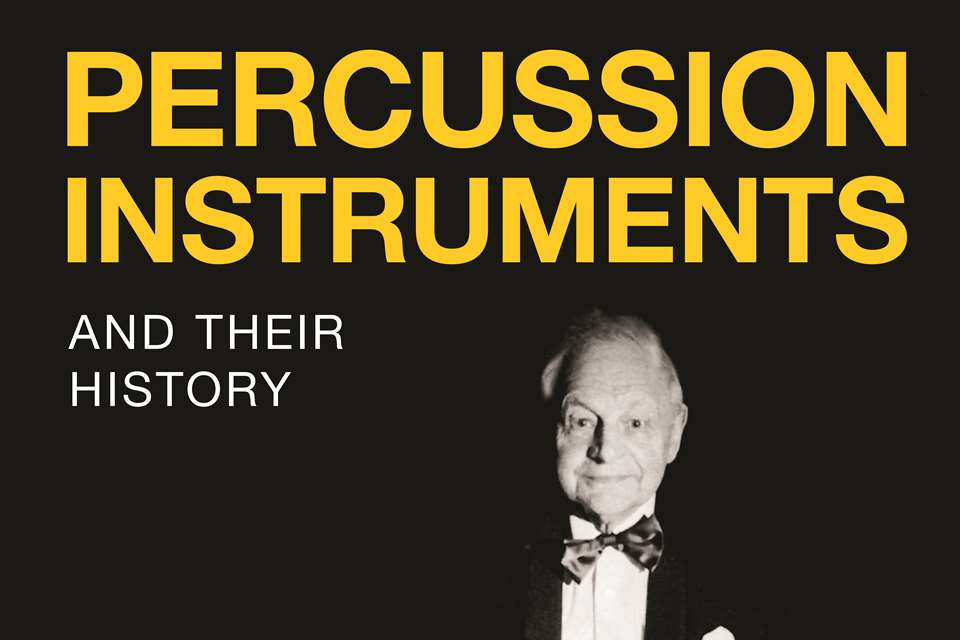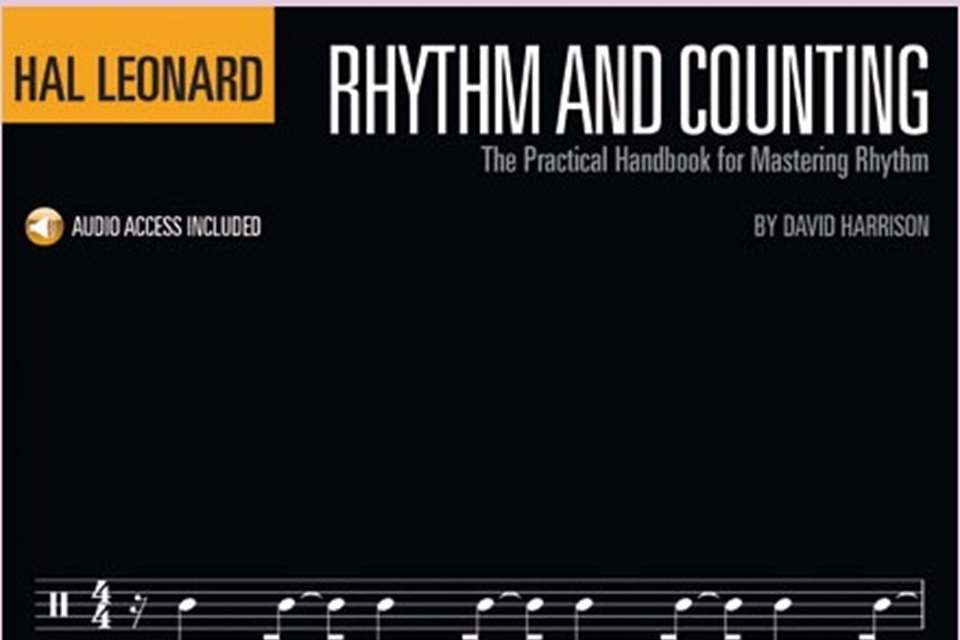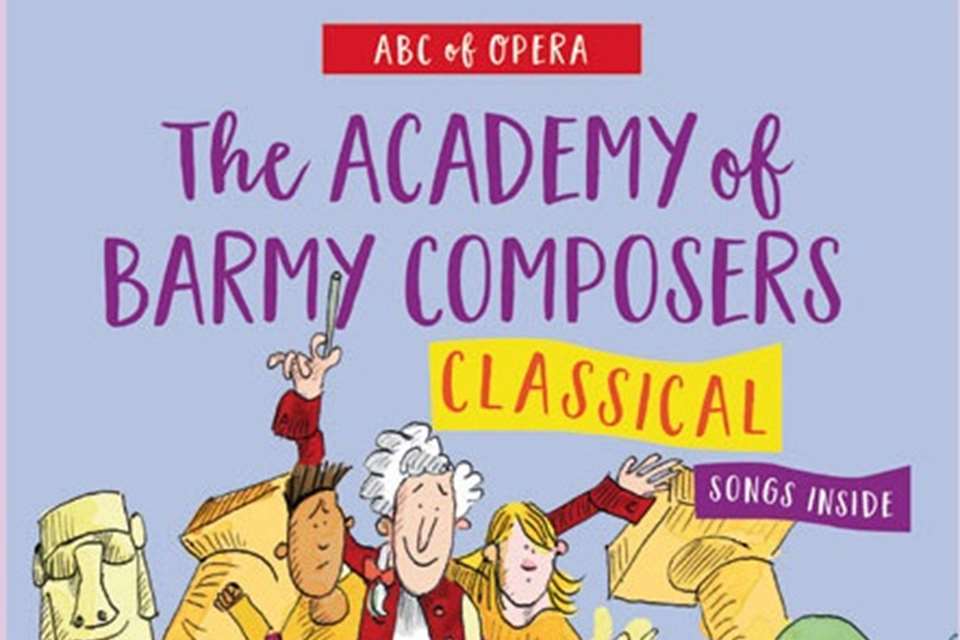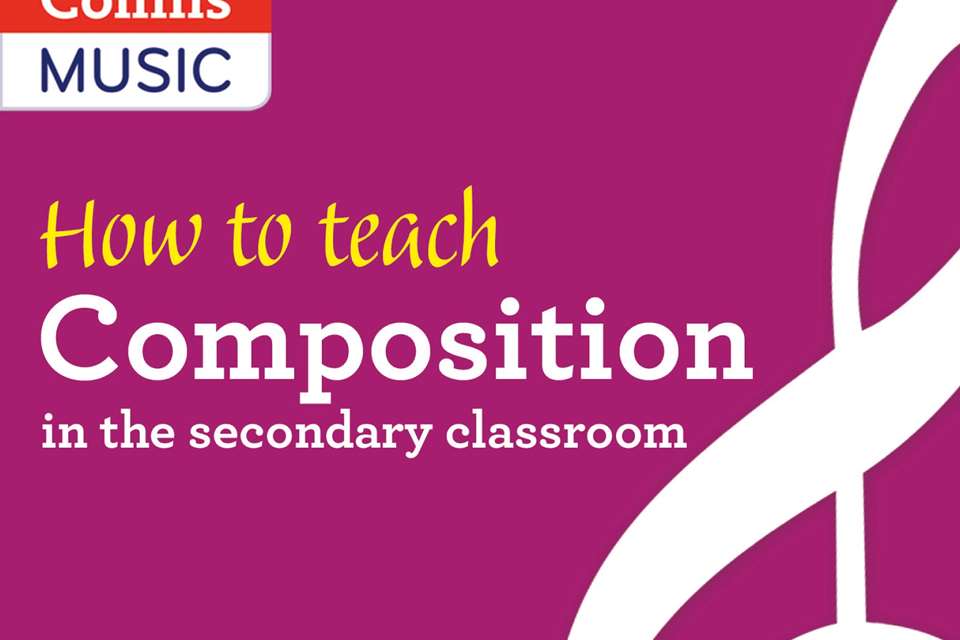Book Reviews: Daily Drills
Jonathan Savage
Monday, November 1, 2021
Jonathan Savage reviews David Richard's Daily Drills, published by CMajor Press.
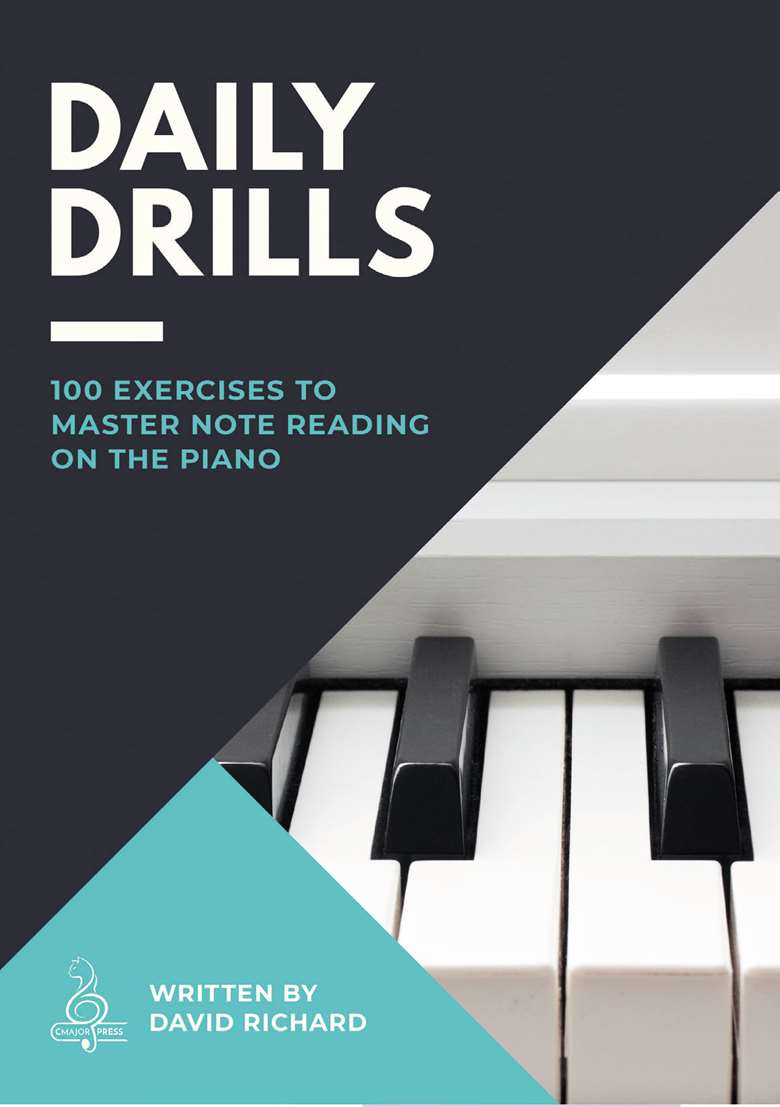
David Richard's Daily Drills is an excellent addition to the piano teacher's arsenal of approaches to help their students learn to read music quickly and efficiently. Building on his extensive experience of piano teaching over the last 20 years, it is a logical and developmental sequence of 100 score reading exercises that cover the central portion of the piano keyboard (one and a half octaves above and below middle C).
Published by CMajor Press (Richard's own publishing company), Daily Drills begins in a common place for most piano tutorial books – the three notes around middle C in both hands. Within a couple of pages, it builds to a series of exercises that utilise all five fingers in both hands, with a clear focus on the visual flow of the notation rather than seeking to encourage students to learn individual notes by name. In the notes to teachers, Richard argues that this over-emphasis on rote mnemonics is often more of a hindrance to students than a benefit. He argues that it can work against fluency in their reading and playing.
Chapter two sees the left hand moving to a new five-finger hand position with the student's little finger on the C below middle C. Students are encouraged through ‘top tips’ to maintain their gaze on the music, to keep a steady beat and repeat exercises to help build fluency. Chapter three moves the right hand up to cover notes from F to C above middle C; chapter four introduces some C major scale work in both hands, although there is no explanation given to how the technical aspects of playing a scale are achieved, so you'll have to do that yourself. Chapter five sees the left and right hands move further away from their central positions to cover the final notes (F below the bass clef to G above the treble clef).
In between each chapter, Richard includes a number of short pieces to help contextualise their new notes. These include some tried and tested classics such as Ode to Joy by Beethoven, as well as some original pieces by Richard himself. The book also covers some basic aspects of rhythmic development alongside the score reading. The first four chapters cover crotchets, minims, semibreves, dotted minims and quavers through simple clapping exercises that can be done with students. The book itself is well produced, with a simple design and colour scheme, and clear, readable fonts for all musical exercises.
I liked the inclusion of a keyboard map at the top of most pages that clearly shows the notes being covered in each exercise as well as the position of the hands. Written instructions are kept to a minimum, for example: ‘read the name of the notes aloud first, then play them through’. Additional ‘top tips’ are there to help the teacher reinforce key learning points. There are also three pages of manuscript included at the back of the book that will prove useful for additional notes that teachers need to make for their students.
Although Daily Drills will primarily be a useful book for those wanting to learn the piano with their individual piano teacher, the book will also have a useful application to lessons within schools. School music teachers looking for a simple introduction to reading music at a keyboard will find that this book covers all the bases for a group, class piano or keyboard lesson. In whatever context it is used, Daily Drills is an excellent way to introduce students to notation from the outset of their learning. It could be used for a few minutes in each lesson to introduce, consolidate or extend key learning and will form a useful supplement to other introductory piano repertoire.
You can purchase the book here.


